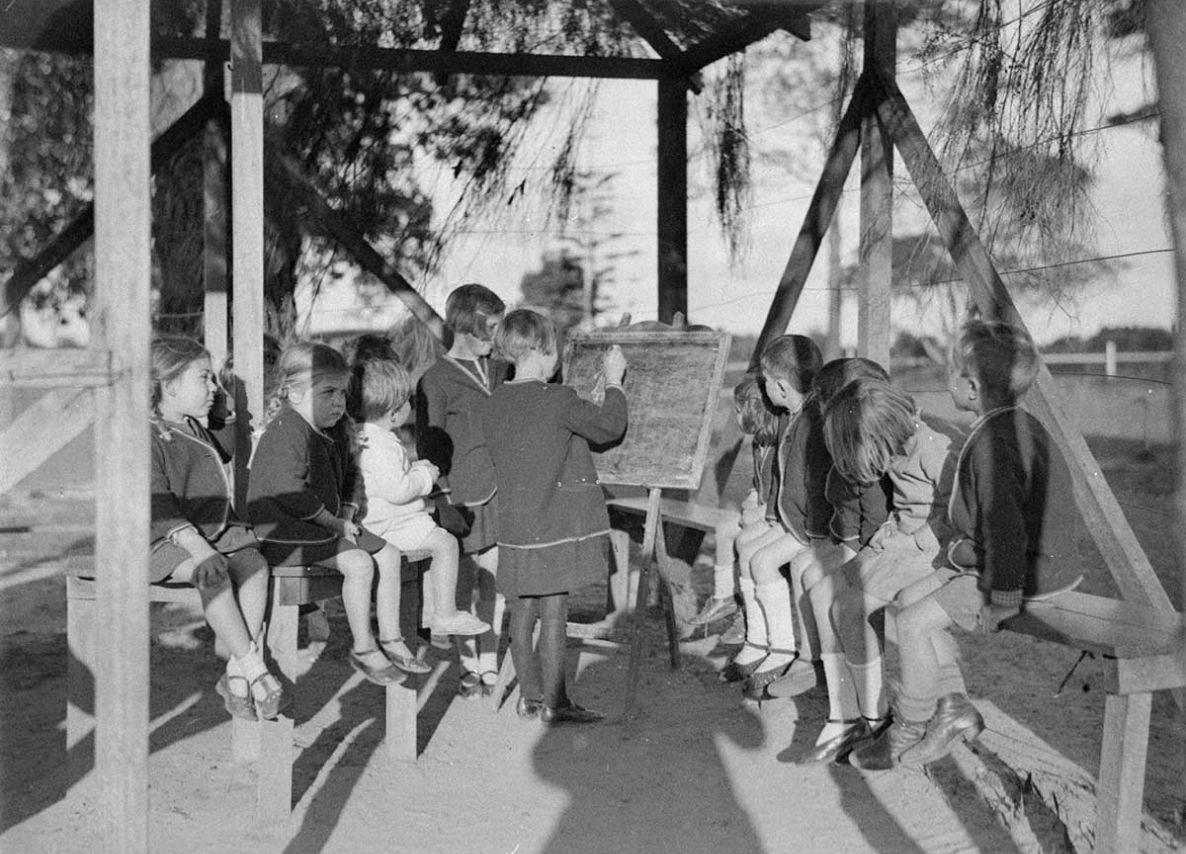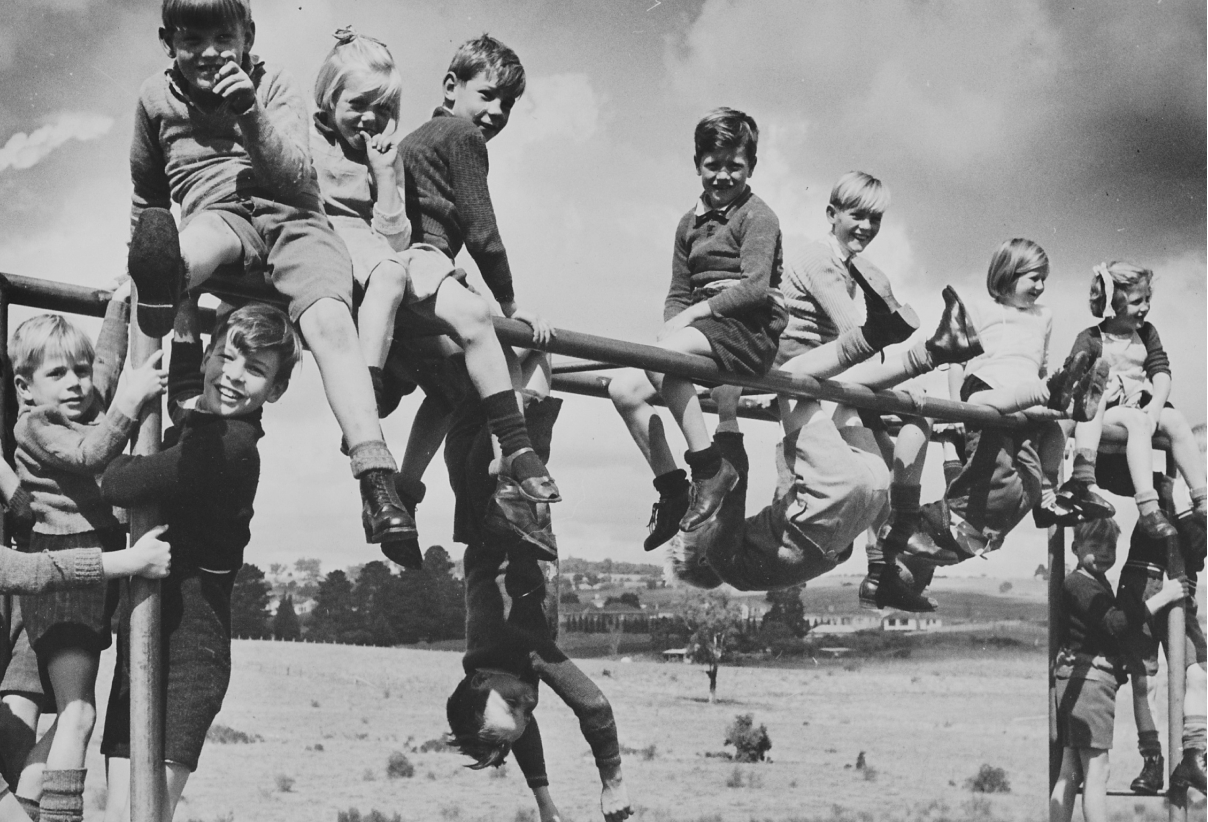Forgotten
Australians
The people who identify as Forgotten Australians are now adults, some of them in their fifties, some very elderly. They are survivors of the institutional care system, which was the standard form of out-of-home care in Australia for most of the 20th century.
The 2004 Inquiry of the Senate Community Affairs References Committee estimated that more than 500,000 children (a figure that includes child migrants and Indigenous Australians) experienced care in an orphanage, children’s home or other form of out-of-home care during the last century in Australia.
Children were placed in care for a myriad of reasons. These included being orphaned or born to a single mother, family dislocation from domestic violence, divorce or separation, family poverty and parents' inability to cope with their children, often as a result of some form of crisis or hardship.
Many children were made wards of the state after being charged with being uncontrollable, neglected or in moral danger, not because they had done anything wrong, but because circumstances in which they found themselves resulted in them being status offenders. Others were placed in care through private arrangements usually involving payment to the children’s home.
Irrespective of how children were placed in care, it was not their fault.

